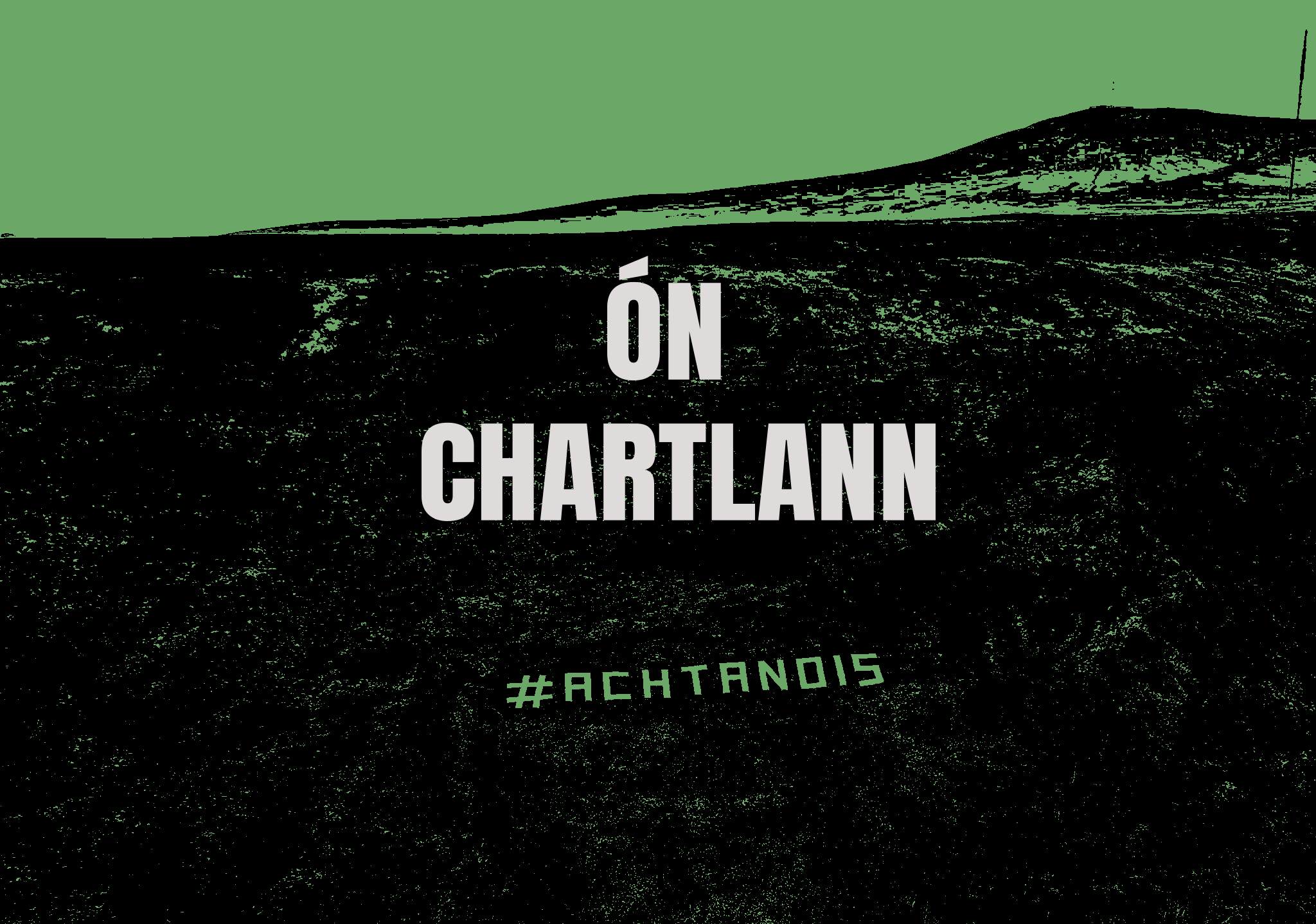An litir dhearg
Bí ar an eolas! Faigh ár nuachtlitir le bheith suas chun dáta leis na feachtais ar fad.

Plans for the erection of more than 300 dual language signs in Belfast’s Gaeltacht Quarter have been given final approval, despite opposition from the DUP.
The proposals for the signage were first agreed by Belfast City Council’s (BCC) strategic policy and resources committee last October.
A consultation on the plans was recently completed and committee members were asked today to give their final go-ahead.
The Gaeltacht Quarter in Belfast covers an area of more than 400 streets, 108 of which already have dual language signage, in English and Irish.
It was proposed last year that the council would save money on bulk designation, rather than surveying each street individually where an overwhelming majority would be in favour of dual language signs.
Letters were subsequently sent to residents in the area informing them of the plans and that they could object if they wished. If more than 15% of households in any given street opposed the signs, they would not be erected.
Only one street met this threshold, so committee members were asked today to agree to the signage on 301 streets.
DUP councillor Ian McLaughlin said he was “not comfortable with the agreed boundary” of the Gaeltacht Quarter, especially around interface areas, as it “creates a demarcation zone” and could “irreparably damage community relations”.
Mr McLaughlin said the only interaction with the Irish language some of those in his community have had has been “very poor” and he referred to acts carried out by republican paramilitaries during the Troubles and their use of the term “tiocfaidh ár lá” (our day will come).
Mr McLaughlin stressed he was not “anti-Irish language”, but “concerned about community relations”.
Sinn Fein councillor Ciaran Beattie responded that it is “important for all members to be considerate with their language when it comes to the Irish language”.
“Language is for us all, it does not belong to one community or the other, it doesn’t belong to one political party or another,” he said.
Mr Beattie pointed out only one street met the 15% threshold for opposition, so it was “clear” the proposals are widely supported.
It was also highlighted that the boundary of the Gaeltacht Quarter was previously agreed upon by the council on two occasions.
The SDLP’s Carl Whyte said it was “ludicrous” to oppose the plans based on “events that happened in the past”.
DUP representative Sarah Bunting said her party colleague Mr McLaughlin was raising valid concerns from members of his community, which was his job as an elected councillor.
“This country has a past, this city has a past, that we can’t just ignore,” she added.
The plans to erect the dual language signage, which have a budget of up to £170,000, were subsequently given final approval via a majority show of hands.
Over the next six months, the signs will be put in place in clusters of around 30 streets, with the council to speak to residents on whose property current street signs may be on beforehand. The translations for the new signage will be carried out by Queen’s University.
Also agreed by the committee today was for a public consultation on a draft Irish language policy for the council to go ahead.
Among the measures in the proposed policy is for BCC to “adopt a new bilingual (Irish/English) corporate identity and the bilingual logo will become the new, proactive, de-facto council logo to be used comprehensively across all corporate branding”.
Bí ar an eolas! Faigh ár nuachtlitir le bheith suas chun dáta leis na feachtais ar fad.